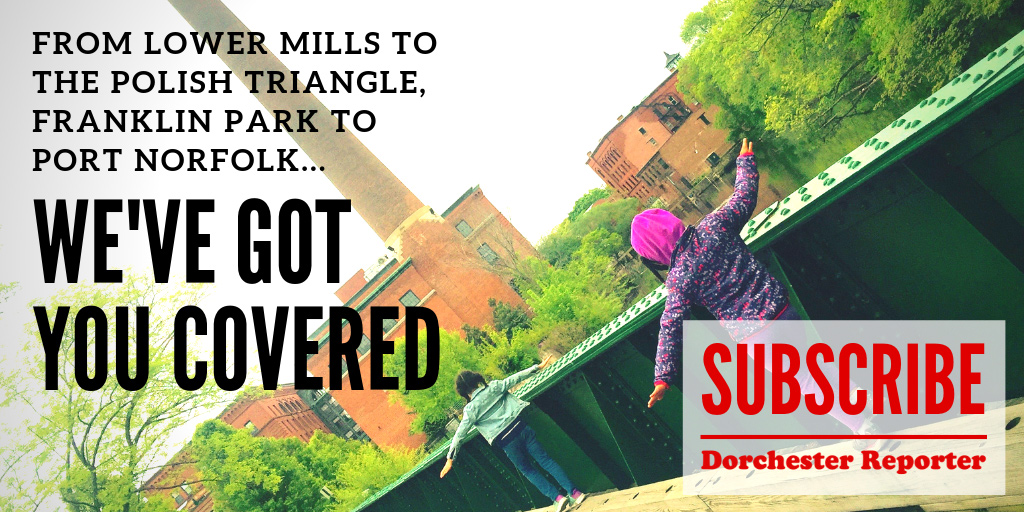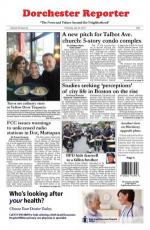February 19, 2025
“Blood on the Streets,” a Boston Globe investigative series that dives deeply into the history of a decades-long feud in Boston’s Cape Verdean community that left scores of people dead and many others with chronic pain and mental scars, was published in three installments last week. If you haven’t read it— or have reservations because of the sensitive subject matter that hits so very close to home— you should reconsider.
Globe reporter Bob Hohler spent the last year reporting and writing this monumental work of journalism that reveals fascinating new details about the origins and trajectory of the tit-for-tat violence that decimated multiple generations of families in the tight radius of streets in Uphams Corner, the Dudley Triangle, and Bowdoin-Geneva.
Hohler and his editors estimate that between 1995 and 2021 more than 65 homicides were attributable to the internecine violence— much of it driven by gangs beefing over territory or more impulsive, retaliatory acts of vengeance. As Hohler points out, sometimes the victims were also victimizers or, at least, enablers of the vicious cycle. But there were also true innocents who were caught in the crossfire and, of course, whole sections of our community who were— and still are— traumatized by the epidemic’s mayhem and grief.
Parts of the story have been reported before, but never with the breadth and masterful narrative and visual form that Hohler and the Globe team have brought to bear to this sad, frightening, but important subject.
Critically, Hohler injects the voices of actual participants— mostly the young men who were thrust into the cauldron in the mid-to-late 1990s after the stabbing death of Bobby Mendes, a 23-year-old Dorchester man whose murder is widely seen as the singular event that unleashed the carnage.
Hohler interviews members of the DoSouto family, who lost two sons and brothers—Louis and Alex— to bullets in 2006 and 2015, respectively. All were affiliated with a crew based around their family home on Hamilton Street, which was frequently targeted by gang members associated with a cluster of streets around Uphams Corner. The series tracks their evolution from hunted to hunters and eventually to healers bent on bringing a halt to the bloodshed that cost them so dearly.
The series also pivots on the tragic loss experienced by Isaura Mendes, who lost Bobby in ’95 and her other son Matthew in 2006. She also lost other family members, including a nephew, whose murder is also documented in the Globe series. Now 74, Isaura became a dogged crusader for survivors and has played a key role— along with former combatants like the DoSouto brothers—in bringing about a relative cessation to the killings.
The story also reveals the pivotal role played by men like Odair Fernandes, who is still serving a state prison sentence for a homicide connected to the feud, but who is portrayed as instrumental in engineering a truce among fellow inmates who hold sway on the city’s streets to this day.
Today, Boston is safer than it has been in a half-century, according to crime statistics that track homicides and aggravated assaults. But, as this Globe series reminds us, the peace is fragile, the lives lost and diminished are real, and the “trick” to keeping violence from spiraling into blood-feuds isn’t a trick at all— it requires an all-hands-on-deck approach and a lasting commitment.
Bob Hohler has once again done the city a service with his reporting and insightful approach to documenting the real story behind one of our neighborhood’s most troubling chapters. We’re grateful to him— and to the men and women who are his sources— for helping us understand it more fully.
Bill Forry is the executive editor and co-publisher of The Reporter. Follow him here.



